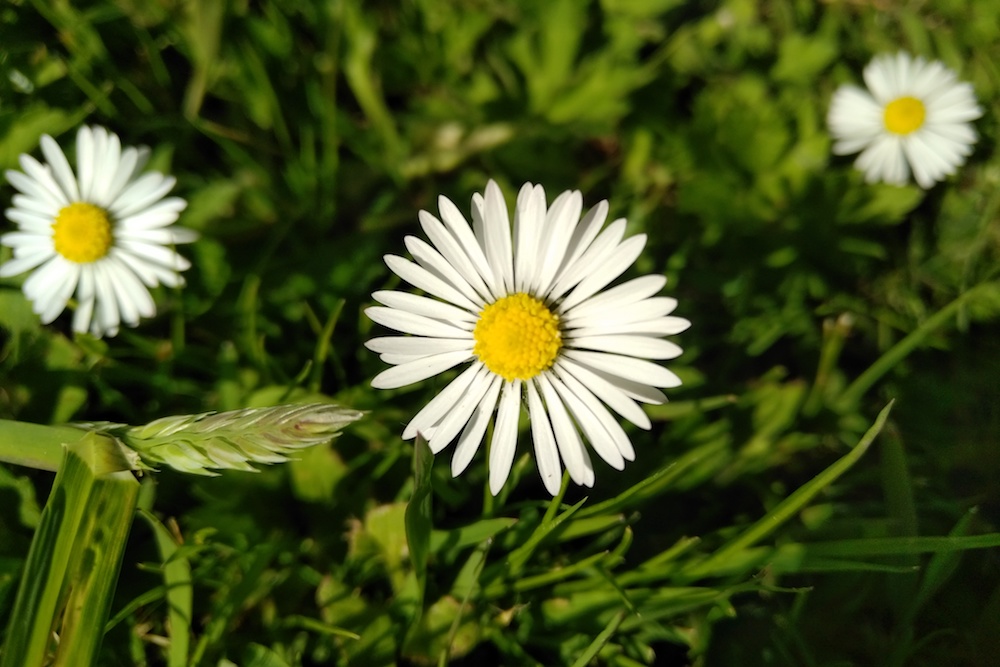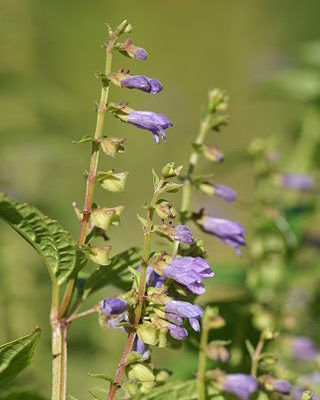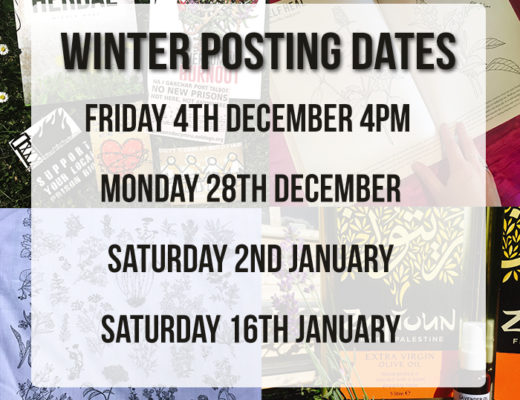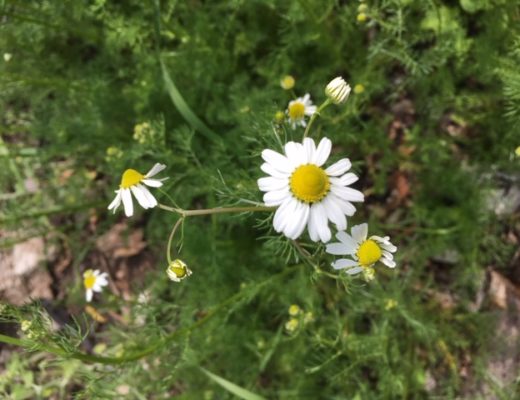Please note these plant profiles are a work in progress. I will always be adding to them as I keep learning about the amazing world of plant medicine.
Botanical Overview
Latin name: Bellis perennis
Plant family: Asteraceae
Identification: Low rosettes of small, short-stalked, oval, shortly-hairy leaves with shallowly toothed edges. White and yellow flower heads (1.5-2.5cm across) on short leafless stems (1).
Other species: Similar to Oxeye Daisy (Leucanthemum vulgare). It also has similar properties to Arnica (Arnica montana) but is more abundant and available locally, with fewer toxicity risks. There are ten species in the Bellis genus.
Folk names in English: Day’s eye, brainwort, brusewort, bruisewort, banwort, common daisy, lawn daisy, poor man’s arnica. Bellum in Latin means war and may be from Daisy’s use in wound healing.
Chemical constituents: Saponins, essential oil, resin, mucilage, bitters, vitamin C (2)

Food and nutrition
Daisy is edible but not to everyone’s taste and definitely not in large quantities! Some people use daisy as a garnish or in soups where other ingredients can counteract their taste.
Ecological role
Daisy is found mainly on moist, neutral to basic soils, in unimproved or improved grasslands kept short by grazing, mowing or trampling. Also in disturbed habitats such as roadsides and waste ground (1). The flowers can be harvested from April to October, however, with our changing climate I have noticed daisies even earlier.
Cultivation: Not necessary!
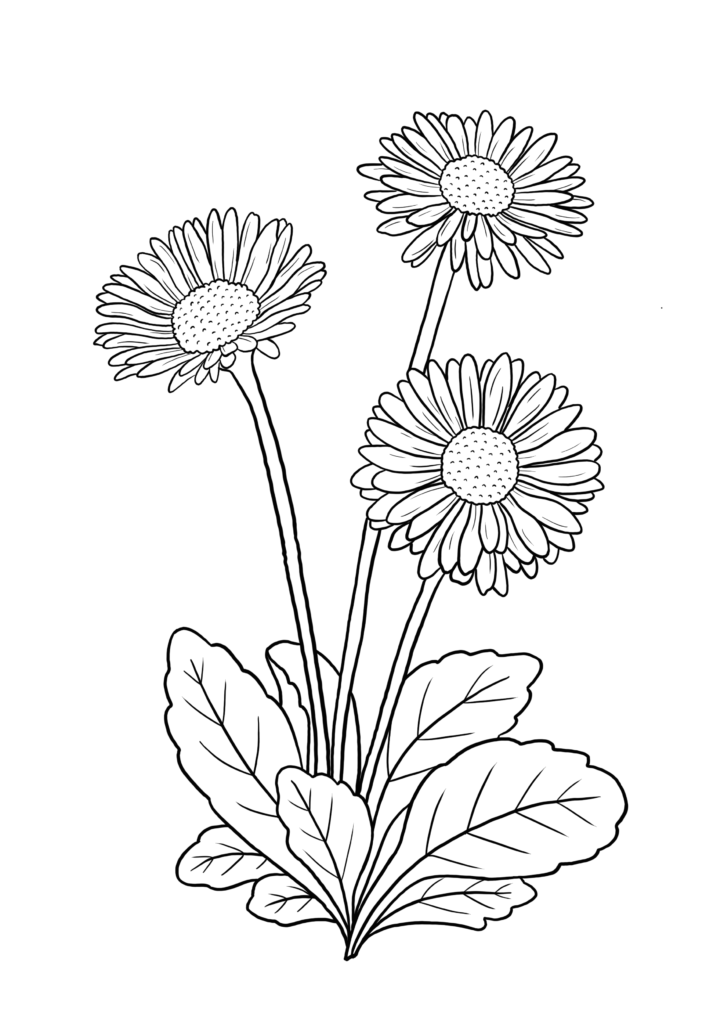
Drawn by Amani Omejer for my upcoming Prisoner’s Herbal book
Energetics
- Temperature: Cooling
- Moisture: Drying
- Tissue State: heat/excitation
- Taste: Bitter, Sour
Health challenges supported by Daisy:
Herbal actions: Vulnerary, astringent, expectorant, anti-inflammatory, cicatriscant (2)
Most people know daisy from making daisy chains of the flowers as kids, or from its use in divination “he loves me, he loves me not” picking off the petals one by one. However, daisy is an underestimated medicinal plant with a long history of use. Contemporary research has documented the antimicrobial activity of daisy’s essential oils, as well as anti-tumour activity in the digestive tract (5).
Bruises: daisy can be applied topically for bruises using either fresh poultices of the herb, or through salves and ointments made from the infused oil. To make a fresh poultice you just need to pulverise slightly and apply. There are also records of daisy being used to treat burns in England and Ireland (5).
Wounds, sprains and strains: According to research by herbalists Julie and Mathew Seal, back in Roman times, army surgeons organised the collection of daisies by slaves to extract the juice. Bandages soaked in this juice treated sword and spear wounds (4).
Acne rosacea: Herbalist Zoe Hawes writes how daisy can be applied for dilated blood vessels in the red roses and cheeks of acne rosacea (3). This is best via a fresh infusion of the flower heads.
Varicose eczema: Zoe Hawes writes how daisies can be used in a wash for weeping skin problems such as varicose eczema, particularly in combination with yarrow (3). Daisies can also be added to a hot bath to soothe skin complaints.
Haemorrhoids: Daisy is known for relieving irritation from haemorrhoids and is often combined with horse chestnut when treating the condition (3). Daisy flowerheads can be made into an infusion and used as a compress or used as an enema.
Gout, arthritis and joint disease: Daisy has been taken internally for skin and joint disease including conditions such as gout and arthritis. This is generally with a fresh herb tincture (but see the cautions below). (3). It is likely it is daisy’s diuretic action that is at play. Daisy is often combined with elderflower for gout and arthritis.
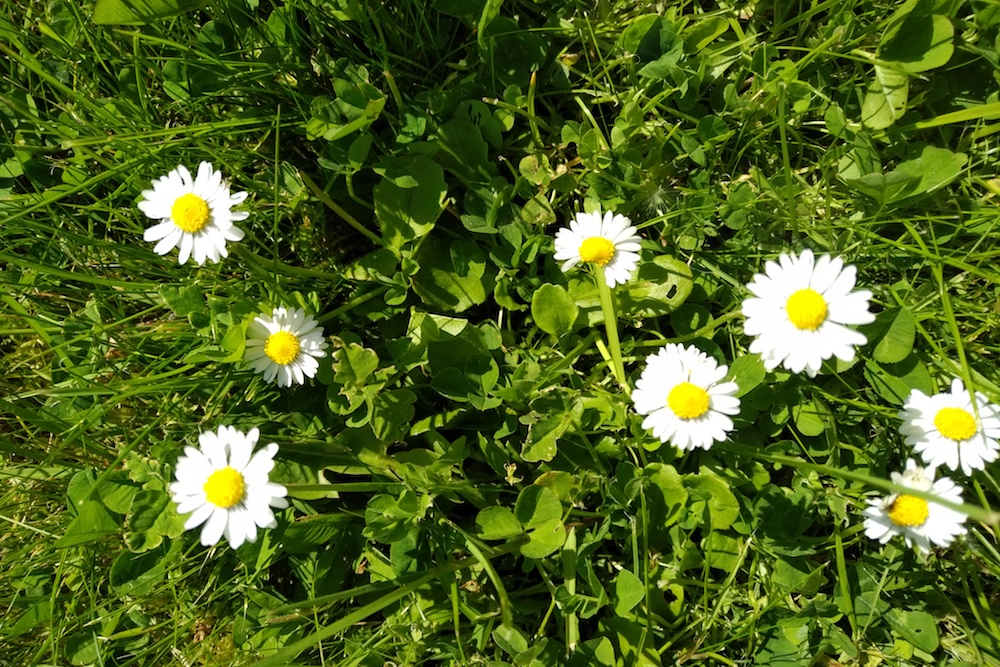
Coughs and colds: Julie and Mathew Seal write that “daisy is a traditional expectorant which taken as an infusion relaxes spasms presenting as coughs and catarrh or colic.” In the amazing book on the medicinal ethnobotany of the British Isles, records show daisy being used as an infusion for coughs and colds in Wiltshire (5).
Eyes: Daisies have been noted for uses in eye lotions in Ireland and for ‘eye troubles’ in Scotland.
Cautions: Do not use internally during pregnancy or if one has digestive bleeding or irritation. Internally, it is best to use daisy with some supervision and support from an experienced herbalist.
Daisy and the Solidarity Apothecary
Daisy will be featured in the upcoming Prisoner’s Herbal book that I am writing. Bristol Herbalists without Borders also organised a ‘Daisy Drive’ in 2018 to invite people to come and help pick daisies to be made into infused oils for the herb cart serving their clinic in the city for migrants and refugees.
Sources
1. Plants and Habitats, Ben Averis
2. Daisy monograph, The Plant Medicine School
3. Wild Drugs, Zoë Hawes
4. Wayside Medicine, Julie Bruton-Seal and Mathew Seal
5. Medicinal Plants in Folk Tradition. An ethnobotany of Britain and Ireland, David E. Allen and Gabrielle Hatfield

